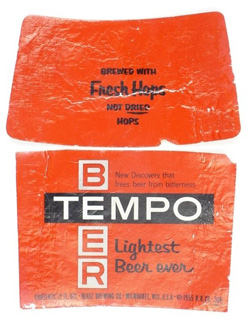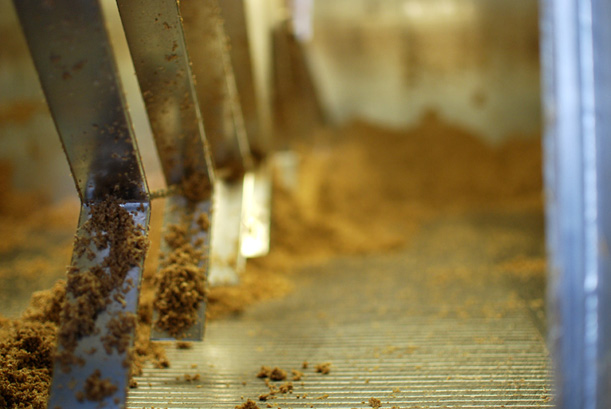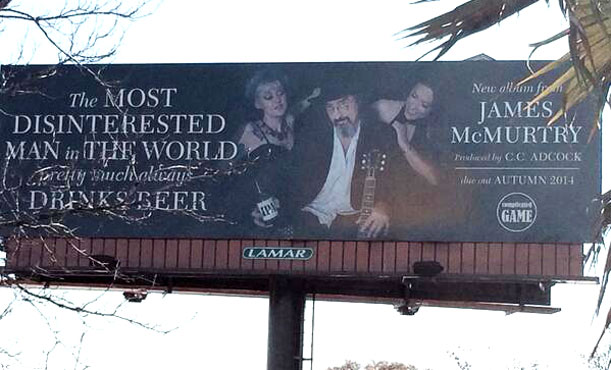Boak & Bailey follow up on the Wall Street Journal’s story about contract brewing in Belgium (“In Belgium, Battle Builds Between Brewers and ‘Beer Architects”) by examining what the requirements might be for a credible beer architect. Their list:
– has a qualification from a great brewing school;
– has worked hands-on in breweries;
– has studied hops, malt, yeast and water in the laboratory;
– knows the history of beer and its place in culture;
– pays painstaking attention to detail and
– has a well-trained palate and excruciatingly good taste.
They also introduce the term “ghost brewed” — which seems like it should be useful in this argument that is never going to go away.
One bit of disclosure. I made my bias obvious when Joe Stange tweeted “Beer ‘architects’ is utter bullshit. Any asshole can think up a beer idea and google a decent recipe. Only brewers make them drinkable” and I replied “It insults both real brewers and real architects.”
Now onto the rest, which goes beyond who conceives the plan for a particular beer (but feel free to let that “ghost brewed” idea rattle around the back of your head). Who physically makes the beer matters. To me. Maybe not to you. And apparently not to Sebastien Morvan, one of the principals in the story. I don’t mean to get all touchy-feely on you, or hipster-foodie (think of the couple in Portlandia who take a look at a free-range chicken’s “papers” before ordering). But there’s an acquired level of skill involved, and a respect for the process.
As I already wrote, I am biased going in, but this was also my takeaway from two books last year: “We Make Beer: Inside the Spirit and Artistry of America’s Craft Brewers” and “The Brewer’s Tale: A History of the World According to Beer.” The title of the former gives away its intent. In the introduction of the latter, Williams Bostwick writes, “Because if beer’s essence can be dstilled to one idea, it’s this: beer is made.” Some parts of this book can feel a little forced, which could be a function of trying to spin the history of the world around beer, but when the narrative revolves around the process of making beer then it’s a five-star book (currently 8 for 8 at Amazon).
An accredited beer architect presumably would know just how to do this. Morvan doesn’t exactly come across thinking he needs to.
He creates beers with the aid of mass tastings, crowdsourced recipes and Internet forums. And then he gets someone else to brew them. “I get frustrated at people acting like the guardians of the temple of brewing culture.”
“Guardians of the Temple of Brewing Culture” sounds like my kind of summer movie blockbuster, preferably starring Ralph Fiennes.
 I’d like to know more about the process, and if I did I would share it with you. It feels like there are implications beyond if Hop Hunter IPA is a “best of class” beer. I will be in full research mode late this month at the
I’d like to know more about the process, and if I did I would share it with you. It feels like there are implications beyond if Hop Hunter IPA is a “best of class” beer. I will be in full research mode late this month at the  Three-time Session host Alan McLeod — the first three-time host — has
Three-time Session host Alan McLeod — the first three-time host — has 
